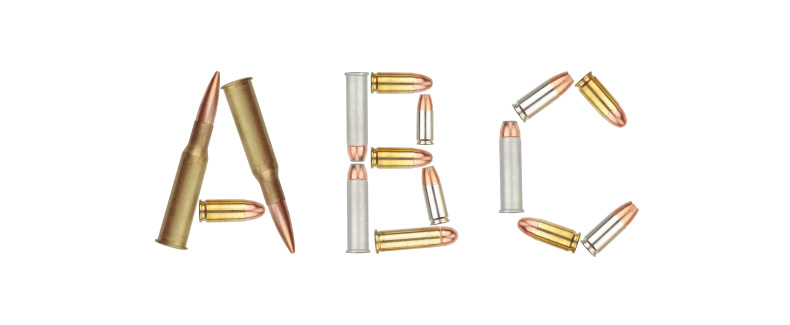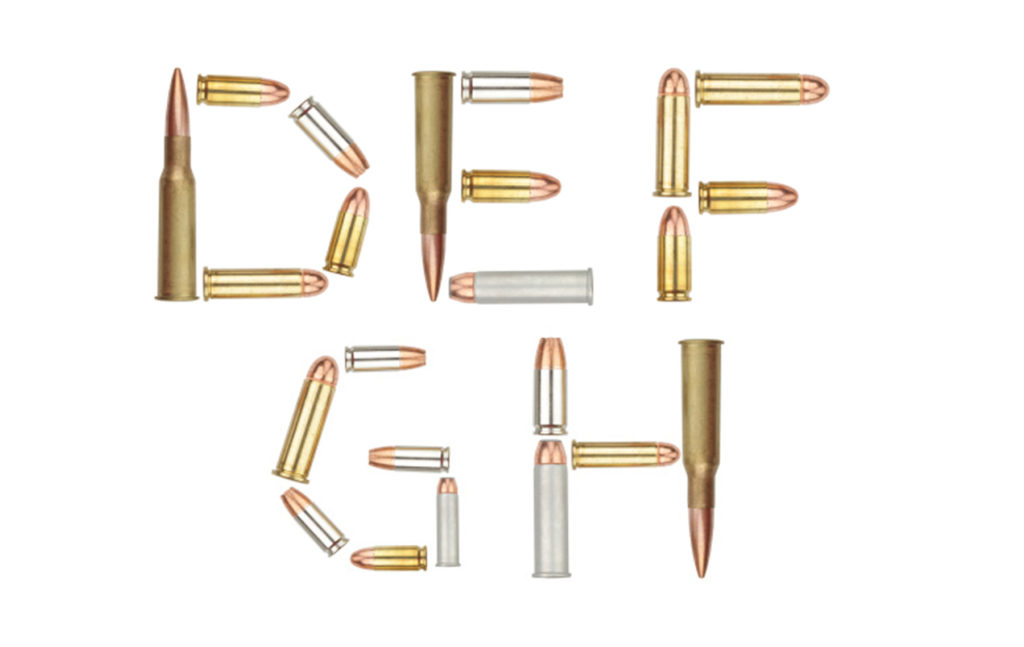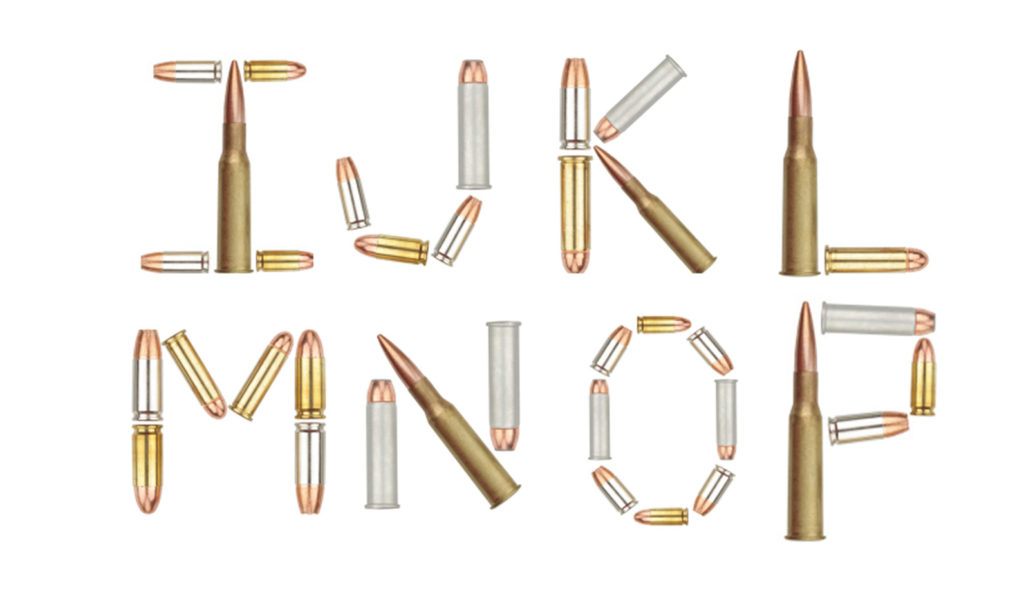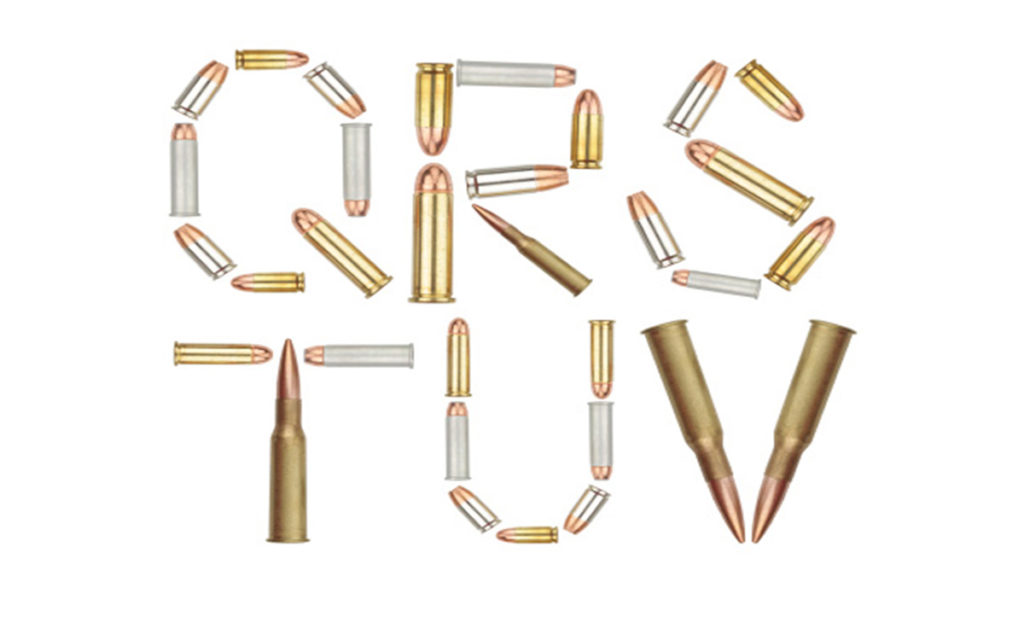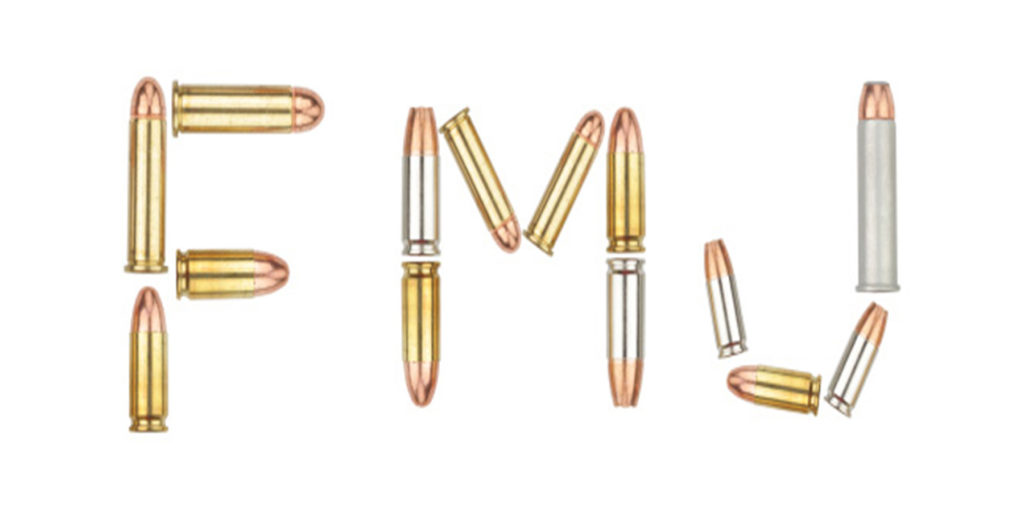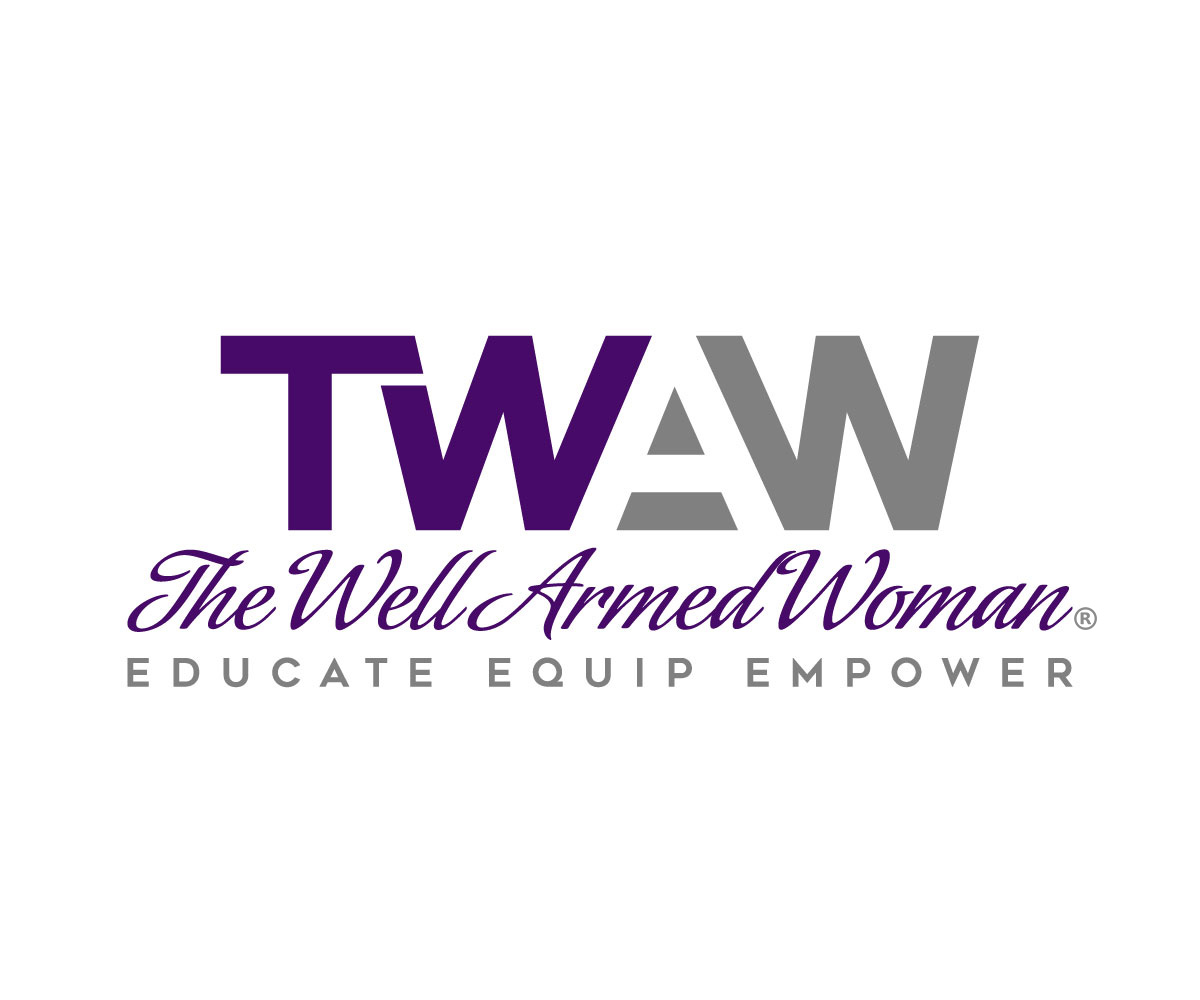
Common Mistakes In Gun Terminology
by Garry James • March 7, 2012 •
I’m constantly getting questions about what various gun terms mean. Even those individuals who have been in the sport for a good period of time occasionally slip up and out of ignorance or, sometimes expediency, slip in a wrong description or definition. I thought it might be interesting and, hopefully informative, to go over a few from time to time. So without further ado, here’s the first batch.
Bullet
This is the hunk of lead, copper or whatever that comes out of a gun’s barrel. Bullets can also be called “projectiles” or “shot,” though the latter is somewhat archaic and nowadays normally refers to the small pellets fired from a shotgun. There seems to be an increasing misusage of the term “bullet,” and many people (from the man on the street through filmmakers and novelists to even some supposedly knowledgeable gun writers who should know better) say “bullet” when what they really mean is “cartridge.” In modern parlance, a cartridge or “round” contains the bullet, powder, case and primer in one tidy package. In days of yore, before the self-contained cartridge, it referred to a paper, skin or fabric packet that included the powder and bullet, priming provided externally, usually by flint and steel or a percussion cap. Cartridges are not bullets, and vice-versa.
Clip vs. Magazine
Simply put, a clip is something that introduces cartridges into a magazine. A magazine can be either fixed, removable, box, tubular, rotary, etc. Stripper clips allow the user to “strip” rounds off into a magazine. There are also types of clips, such as those used in the M1 Garand and some Mannlichers, that are loaded, along with the cartridges they hold, into a magazine. Then they are either ejected or dropped out after all the rounds have been expended. An auto pistol’s magazine is just not a clip, no matter how many times people call it that.
Pistol
This one’s not quite as cut-and-dried as the previous two. Technically speaking, by the original definition, all handguns are pistols. The term first appeared sometime in the 16th century and is of obscure origin, possibly a corruption of the name of the Tuscan town, Pistoia, though there are other etymological claimants, including small coins, “pistoles,” which had a diameters similar to those of pistol balls. In any event, “pistol” was common enough by the late 1500’s to be used by William Shakespeare as the name of a comedic character in some of his plays. “Pistol” was generic well into the era of revolvers (Sam Colt often called his wares “revolving pistols,” or “repeating pistols,”). With the advent of the semi-auto, an interest to differentiate between revolvers and other handguns started to form. Today it is accepted to call guns with cylinders “revolvers” and auto pistols, single-shots, etc., “pistols.” In my mind, the term “pistol” can still correctly be applied to all handguns. Interestingly enough in Britain, for some time, there was a habit of calling an auto pistol a revolver. You commonly see in early 1930s English movies. Old habits die hard, I guess.
Windage
Originally this referred to the difference in diameter between a projectile and bore-normally in smoothbores (firearms and cannons), but it can be equally applied to rifles in such things as Minies. This style is still a viable usage today. Later on, the term came to describe the amount of effect the wind had on a projectile and the adjustment on a sight or sighting to compensate for this.
